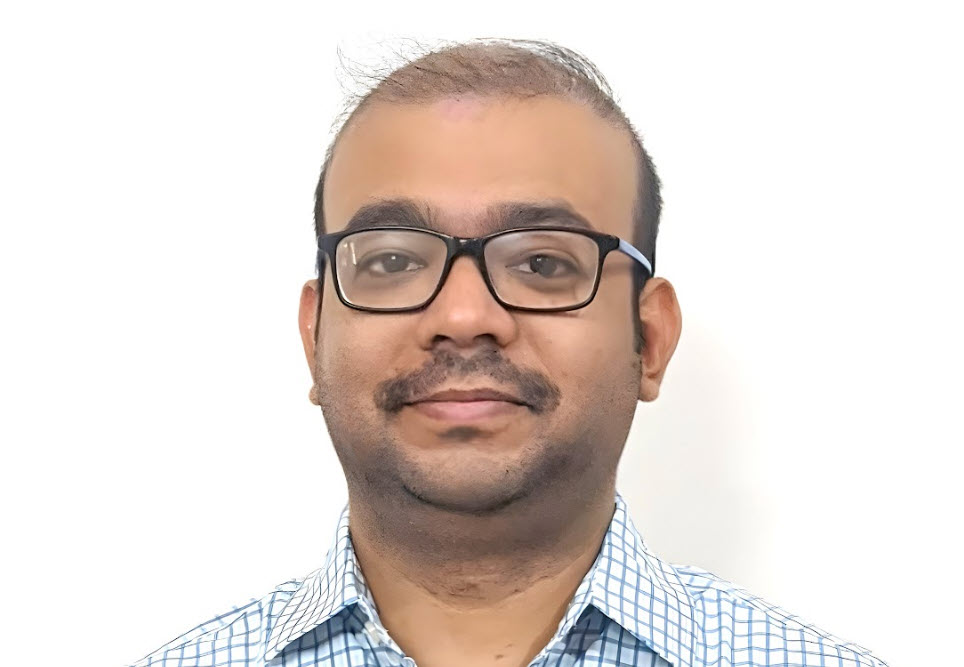Ayon Chakraborty
Eminent Speaker
Short CV: Dr. Ayon Chakraborty serves as an assistant professor in the Department of CSE at IIT Madras (Chennai, India) since 2020. He received his PhD in Computer Science from the State University of New York at Stony Brook followed by his tenure as a research scientist at the Mobile Communication and Networking group at NEC Laboratories America (Princeton, NJ). He received his B.E. degree in Computer Science and Engineering from Jadavpur University (Kolkata, India).
Ayon is broadly interested in system-level design of future intelligent wireless systems and sensing technologies, spanning both algorithm design as well as system prototyping. At NEC, he contributed to the spin-out effort of an innovative, lab-grown research technology for infrastructure-free tracking of first responders in GPS-denied environments and holds several patents in that regard. He has regularly published in reputed venues for systems and networking such as IEEE INFOCOM, IEEE PerCom, ACM CoNEXT, ACM MobiHoc and USENIX NSDI, and was nominated for the best paper award at ACM IMC 2014. Ayon has served as a member of the TPC for several leading conferences such as IEEE INFOCOM, ACM CoNEXT and IEEE ICDCS. He currently serves as an Editorial Board Member for the journal Ad-Hoc Networks (Elsevier).
Title of Talk 1: Beyond Communication - Wireless Radios as Sensors
Synopsis: Wireless radios form the fabric of connected devices today. However, such radios have traditionally been used for data communication tasks. This talk will focus on exploring the re-use of these radios as a potential sensing modality. Given the pitfalls of visual sensing that includes privacy regulations, dependency on blockages/lighting conditions, bandwidth usage, local/edge compute load and so on, wireless sensing fundamentally addresses some of these challenges. This creates a context where wireless sensing, independently or in augmentation to existing visual sensing can robustly "IoT-ize" sensing solutions. We will look at the systems challenges to perform such sensing locally on low-end embedded devices or at the edge. Second, given the inherent broadcast nature of the wireless medium, we will introduce situations when wireless sensing can be adversarially exploited leading to leakage of sensitive contextual information. Overall, the talk will encompass wireless communication radios as an upcoming sensing modality and related end-to-end system design challenges.
Title of Talk 2: Where Am I? Positioning Technologies for Smart Objects
Synopsis: A fundamental aspect of smart objects' intelligence is their ability to determine their location, particularly in indoor environments. In this seminar, we will explore how technologies that power this capability work under-the-hood that make location awareness possible. In particular, we will focus on wireless positioning technologies, as most smart IoT devices are equipped with RF radios for communication and sensing. We will delve into the details of how two communicating wireless devices can estimate the distance between them and further elaborate on cover classical positioning techniques, including Time of Arrival (ToA), Time Difference of Arrival (TDoA), and Angle of Arrival (AoA) estimation. Additionally, we will discuss how AI/ML-based techniques can further enhance the accuracy and robustness of location estimation. Finally, we will present a real-world system where these principles converge - demonstrating how a drone flying outside a building can be used to track public safety personnel inside it.
Title of Talk 3: Demystifying Processors: From Digital Logic to a Working Microarchitecture
Synopsis: This talk is specifically designed for undergraduate students eager to explore the internal workings of an extremely simple yet functional processor. It aims to bridge the gap between the undergraduate curriculum on Digital Logic and Computer Organization/Architecture by breaking down the foundational concepts that connect both fields. We will define a custom Instruction Set Architecture (ISA) and implement a complete multi-cycle, non-pipelined microarchitecture from first principles using digital logic concepts. The design will be intentionally constrained to an 8-bit address space with a maximum of 16 instructions and will feature a microprogrammed control unit for clarity. The goal is to offer a hands-on understanding of how processors work at a fundamental level, clarifying the link between theoretical concepts and practical design. Additionally, I intend to complement the talk with a guided hands-on session where students can replicate the entire design using a lightweight digital logic simulator (e.g., Logisim or Digital). Note, this is not a talk on recent research advances in computer architecture but rather an opportunity to understand the foundational principles of how the simplest processors can be built.

Ayon Chakraborty
Qualifications: PhD in Computer Science
Title: Assistant Professor
Affiliation: IIT Madras, Chennai
Contact Details:
Email: [email protected]
LinkedIn: https://www.linkedin.com/in/ayonstonybrook/
Twitter/X:
Facebook:
Instagram: